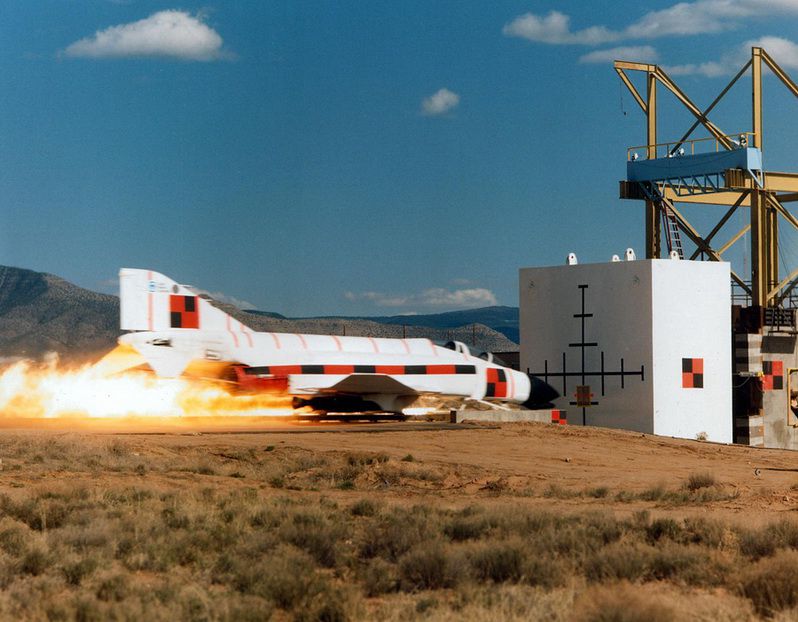|
|
Space Shuttle Crash Test
|
The main function of the Space Shuttle external tank was to supply the liquid oxygen and hydrogen fuel to the main engines. It was also the backbone of the launch vehicle, providing attachment points for the two Solid Rocket Boosters and the Orbiter. The external tank was the only part of the shuttle system that was not reused. Although the external tanks were always discarded, it was possible to take them into orbit and re-use them (such as for incorporation into a space station).
• Solid rocket boosters
Two solid rocket boosters (SRBs) each provided 12.5 million newtons (2.8 million lbf) of thrust at liftoff, which was 83% of the total thrust needed for liftoff. The SRBs were jettisoned two minutes after launch at a height of about 150,000 feet (46 km), and then deployed parachutes and landed in the ocean to be recovered. The SRB cases were made of steel about ½ inch (13 mm) thick. The Solid Rocket Boosters were re-used many times; the casing used in Ares I engine testing in 2009 consisted of motor cases that had been flown, collectively, on 48 shuttle missions, including STS-1.
|
|









